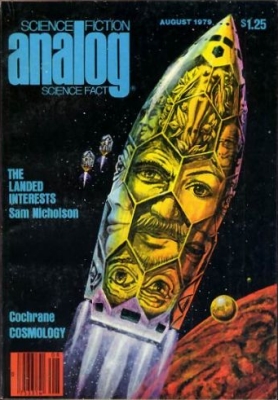Future Treasures: Lost Transmissions: The Secret History of Science Fiction and Fantasy, compiled by Desirina Boskovich
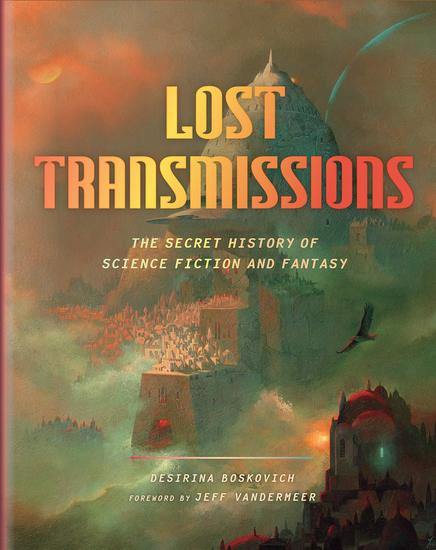 |
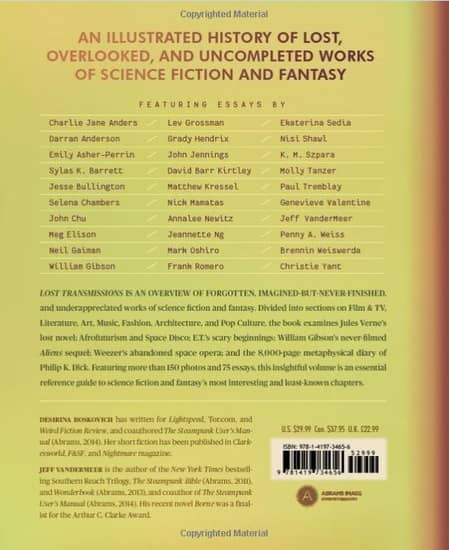 |
Cover by Paul Lehr
Science fiction is filled with tales of secret books, lost tomes, cryptic manuscripts… often literally. The history of our field is littered with tales of lost, overlooked, and incomplete works, many of which have achieved mythic stature, such as C. S. Lewis’ time travel novel, Harlan Ellison’s Last Dangerous Visions, Philip K. Dick’s massive metaphysical diary, and many others.
Author Desirina Boskovich (Never Now Always) has compiled a collection of essays on some of the most famous lost and neglected books in our field, packaged under a gorgeous Paul Lehr cover (see the original here). It includes contributions from Neil Gaiman, William Gibson, Nisi Shawl, Molly Tanzer, Charlie Jane Anders, Lev Grossman, Jeff VanderMeer, and many others. It arrives in hardcover next month. Here’s the description.
Science fiction and fantasy reign over popular culture now. Lost Transmissions is a rich trove of forgotten and unknown, imagined-but-never-finished, and under-appreciated-but-influential works from those imaginative genres, as well as little-known information about well-known properties. Divided into sections on Film & TV, Literature, Art, Music, Fashion, Architecture, and Pop Culture, the book examines Jules Verne’s lost novel; AfroFuturism and Space Disco; E.T.’s scary beginnings; William Gibson’s never-filmed Aliens sequel; Weezer’s never-made space opera; and the 8,000-page metaphysical diary of Philip K. Dick. Featuring more than 150 photos, this insightful volume will become the bible of science fiction and fantasy’s most interesting and least-known chapters.
Lost Transmissions: The Secret History of Science Fiction and Fantasy will be published by Abrams Image on September 10, 2019. It is 288 pages, priced at $29.99 in hardcover and digital formats. The cover is by Paul Lehr.
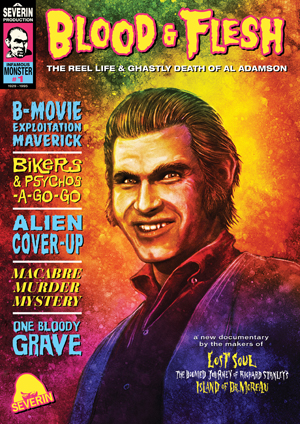 I expected my last film of July 16 would be a documentary called Blood & Flesh – The Reel Life and Ghastly Death of Al Adamson. You may not have heard of Adamson. I hadn’t. He was an exploitation filmmaker in the 1960s and 70s, responsible for titles like Satan’s Sadists, The Naughty Stewardesses, and Dracula Vs. Frankenstein, as well as not one but two separate films titled Psycho a Go-Go (Technically, one was Psycho à Go-Go; note accent). Introducing the documentary, Fantasia co-Director Mitch Davis described Adamson as more of a hustler than a filmmaker, then called up director David Gregory to briefly explain the film’s genesis. Gregory said it began as a special feature for a Blu-ray release, but the more he investigated Adamson, the more he realised the material was worth digging into more deeply. Thus, it’s now a feature, covering Adamson’s life, the films he made, and his awful death.
I expected my last film of July 16 would be a documentary called Blood & Flesh – The Reel Life and Ghastly Death of Al Adamson. You may not have heard of Adamson. I hadn’t. He was an exploitation filmmaker in the 1960s and 70s, responsible for titles like Satan’s Sadists, The Naughty Stewardesses, and Dracula Vs. Frankenstein, as well as not one but two separate films titled Psycho a Go-Go (Technically, one was Psycho à Go-Go; note accent). Introducing the documentary, Fantasia co-Director Mitch Davis described Adamson as more of a hustler than a filmmaker, then called up director David Gregory to briefly explain the film’s genesis. Gregory said it began as a special feature for a Blu-ray release, but the more he investigated Adamson, the more he realised the material was worth digging into more deeply. Thus, it’s now a feature, covering Adamson’s life, the films he made, and his awful death.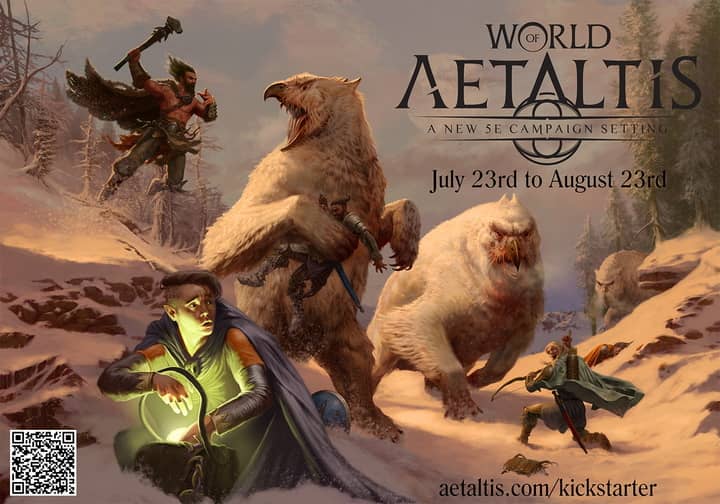
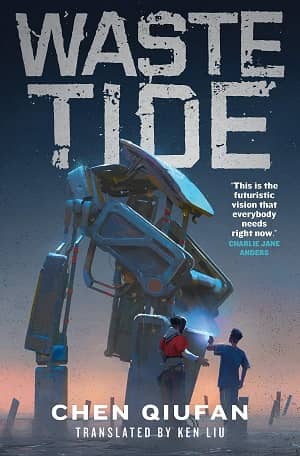
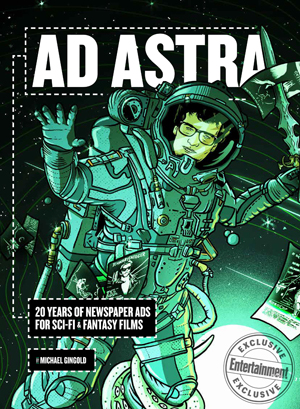 On July 16 I started my day at Fantasia with a book launch. Michael Gingold’s book Ad Astra is coming out this fall, but attendees of his multimedia presentation had the chance to buy it earlier. It’s a follow-up to 2018’s Ad Nauseam: Newsprint Nightmares From the 1980s and its sequel to come in September, Ad Nauseam II: Newsprint Nightmares From the 1990s and 2000s. Those books were collections of classic newspaper ads for horror movies, while Ad Astra is subtitled 20 Years of Newspaper Ads for Sci-Fi & Fantasy Films.
On July 16 I started my day at Fantasia with a book launch. Michael Gingold’s book Ad Astra is coming out this fall, but attendees of his multimedia presentation had the chance to buy it earlier. It’s a follow-up to 2018’s Ad Nauseam: Newsprint Nightmares From the 1980s and its sequel to come in September, Ad Nauseam II: Newsprint Nightmares From the 1990s and 2000s. Those books were collections of classic newspaper ads for horror movies, while Ad Astra is subtitled 20 Years of Newspaper Ads for Sci-Fi & Fantasy Films.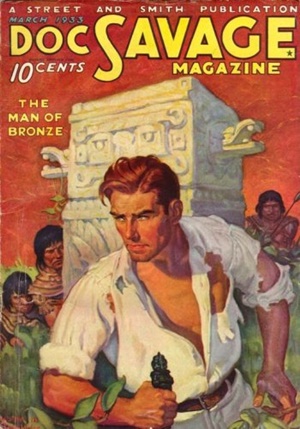
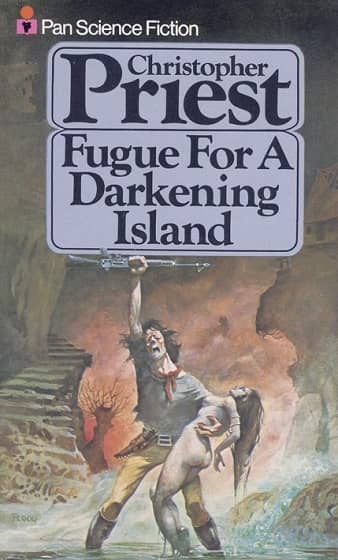
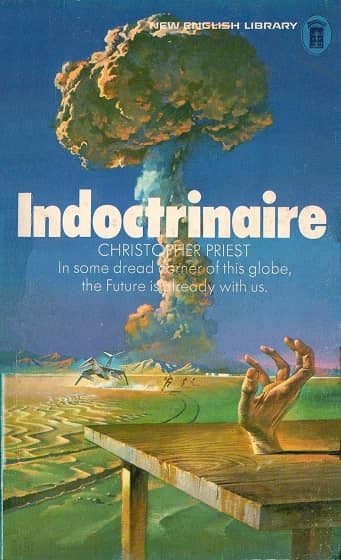
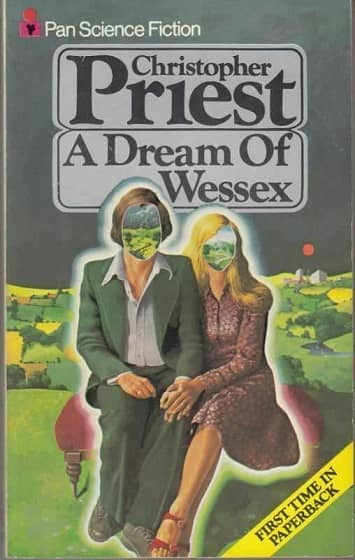
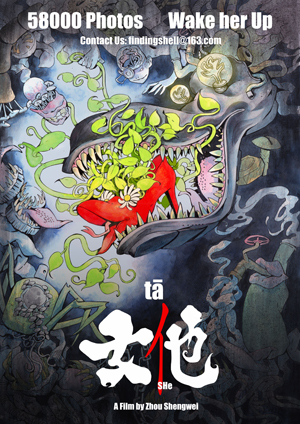 The fourth and last movie I saw on July 16 was the most experimental movie I’d seen at Fantasia, not only this year but possibly in all the time I’ve been going to the festival. Before that feature, though, was a short almost as strange.
The fourth and last movie I saw on July 16 was the most experimental movie I’d seen at Fantasia, not only this year but possibly in all the time I’ve been going to the festival. Before that feature, though, was a short almost as strange.
